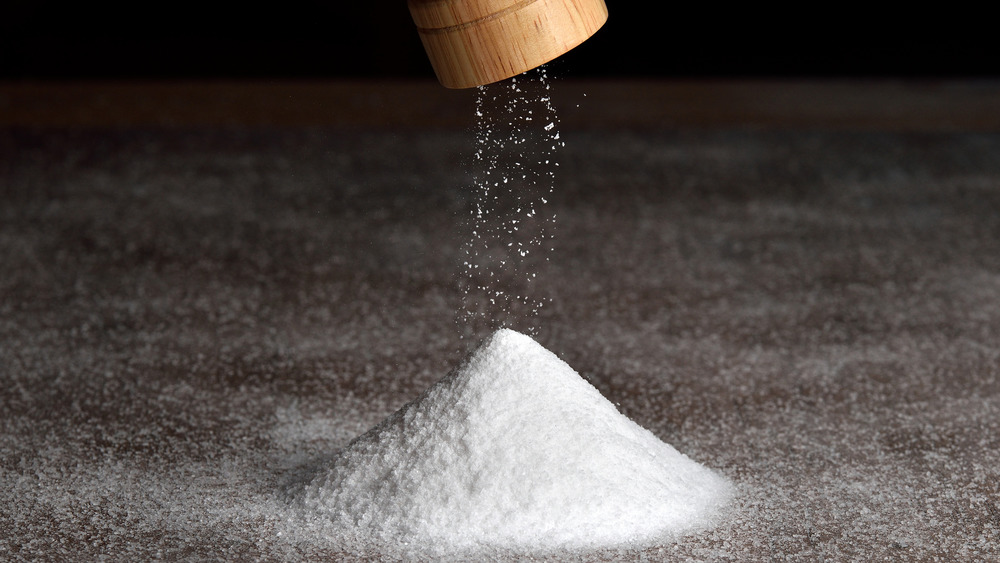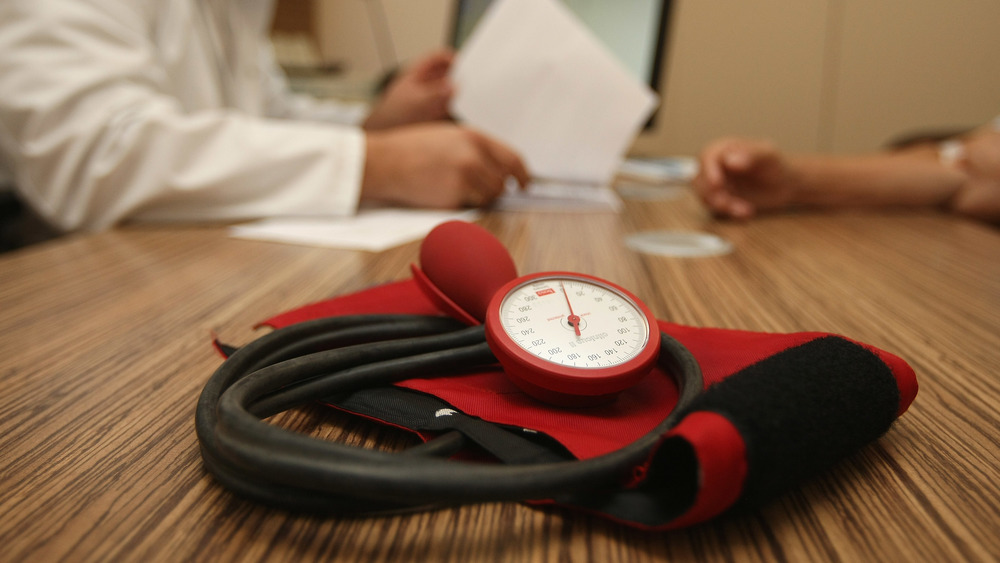Here's The Maximum Amount Of Salt You Should Have In A Day
The ideal amount of sodium intake is 1,500 milligrams daily, but Americans are getting 3,400 milligrams a day on average, according to the American Heart Association. You only need about 500 milligrams of sodium a day, which is equal to a quarter teaspoon of salt.
The problem with the high average intake of salt comes from processed foods. More than 70 percent of Americans' sodium intake comes from restaurant, processed, or packaged foods. Limit those processed foods (anything in the grocery store in a package or box or processed meats from the deli) to reduce your sodium intake.
You are probably underestimating how much sodium you eat. A study by the American Heart Association found that 30 out of 100 adults surveyed about their sodium intake couldn't estimate how much they were getting. More than half of the adults surveyed thought they were getting less than 2,000 milligrams of sodium a day.
Why you need to limit your daily salt intake
High sodium intake can result in several health problems, including high blood pressure, stroke, heart attack, chronic kidney disease, osteoporosis, and stomach cancer, according to the American Heart Association. A 2011 study found that a diet high in sodium is associated with a significantly increased risk of cardiovascular disease and death. A 2019 study published in Nutrients found that reducing salt intake can improve the cardiovascular system and reduce high blood pressure.
A 2012 analysis published in Stroke found a 17 percent increased risk of stroke for every 500 milligrams' increased sodium intake. Those consuming 4,000 milligrams of sodium a day had a 2.5 fold increase in stroke risk.
Reduce your risk of these health problems by eating more fruits, vegetables, nuts, legumes, dairy, plant protein, lean meat protein, fish, and whole grains. Avoid refined carbs, processed meats, and sweetened drinks. This is a healthy diet that can limit sodium and harmful fats.


